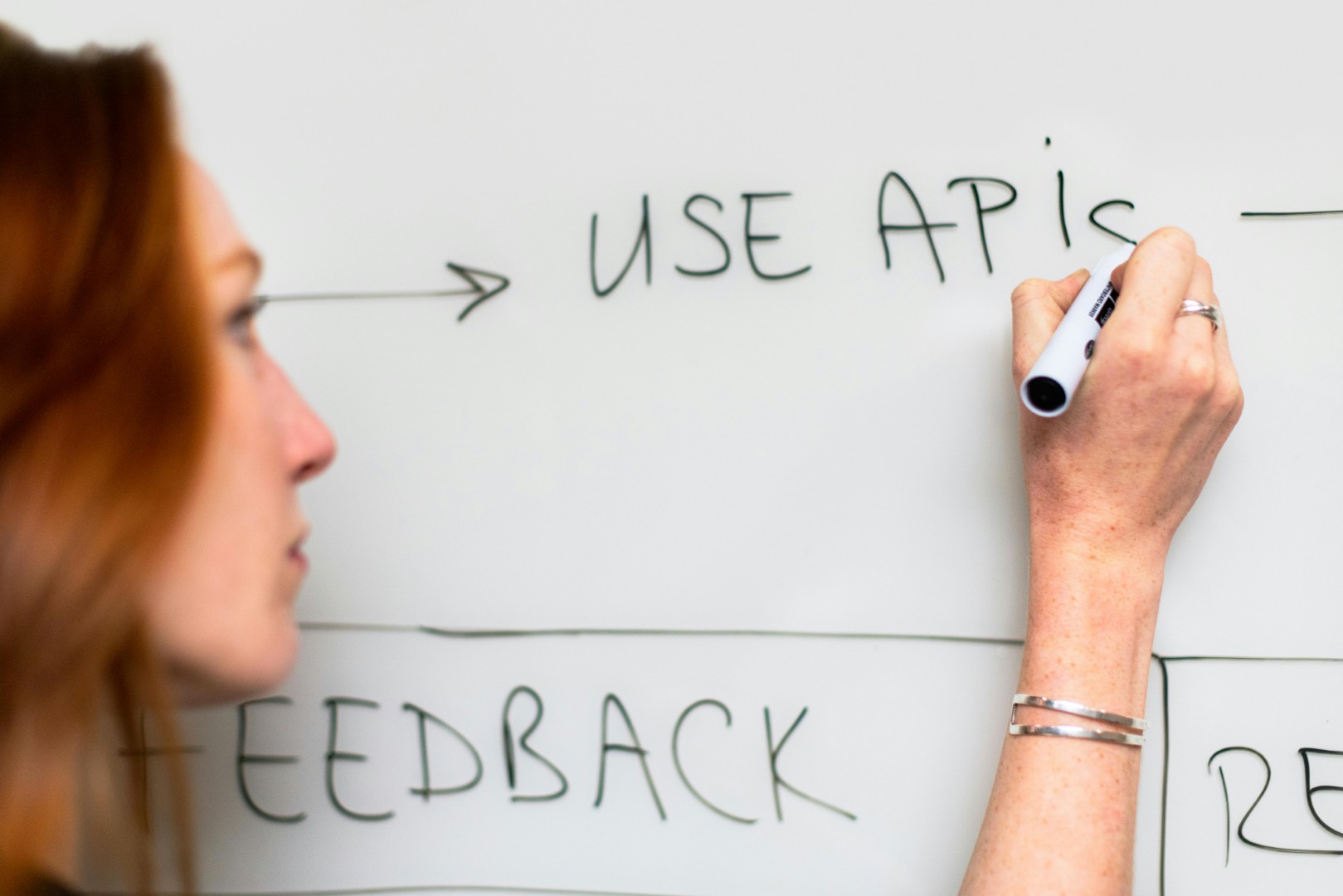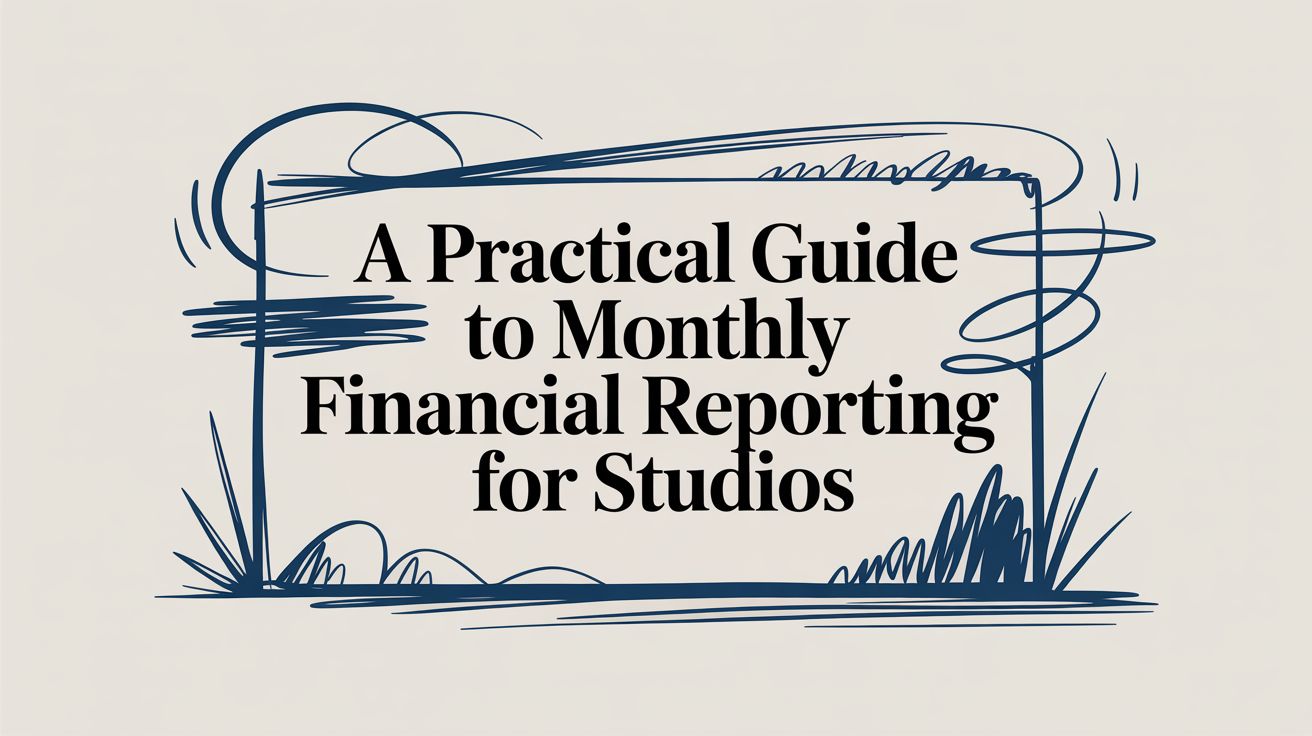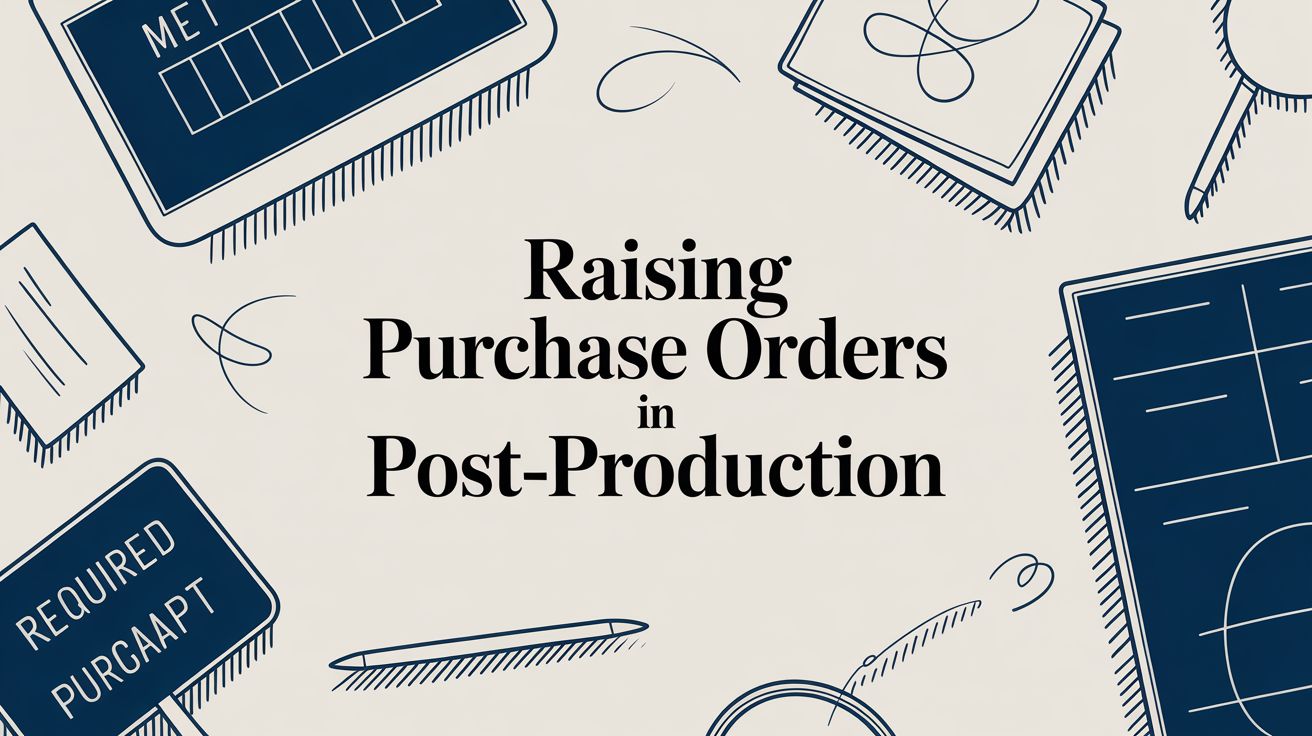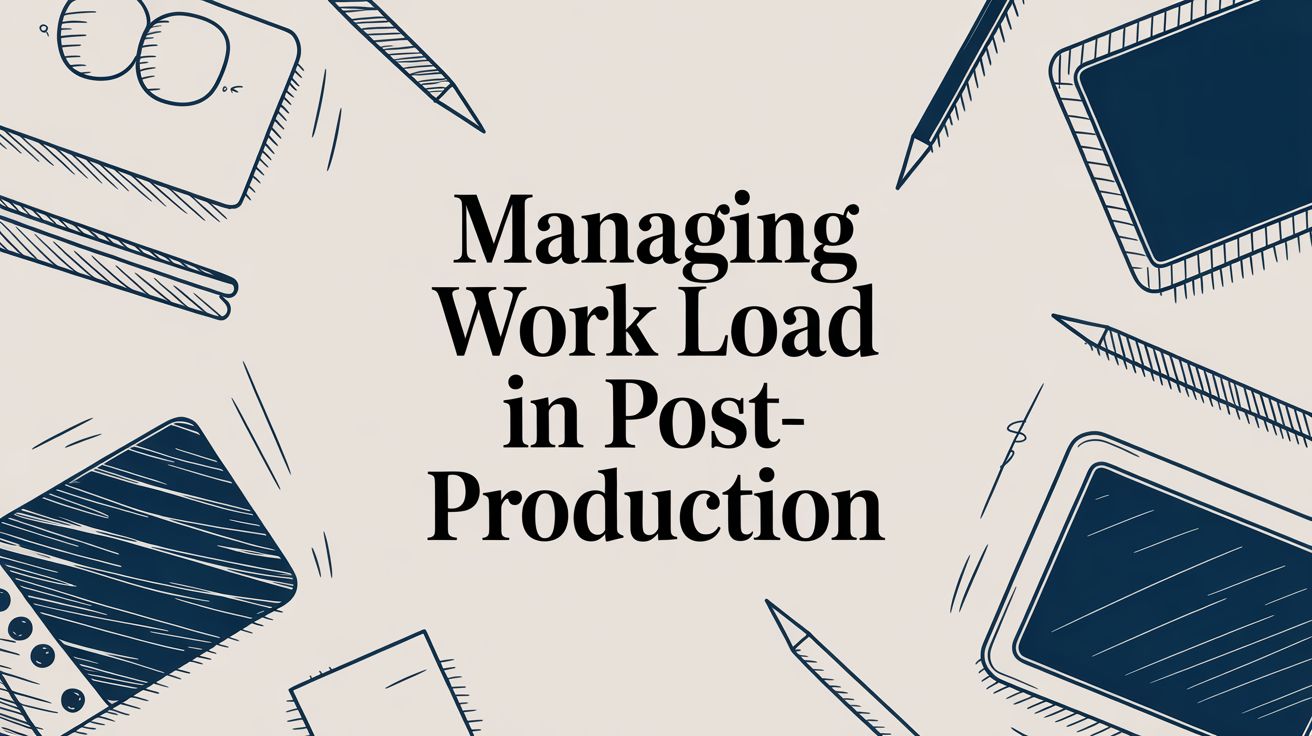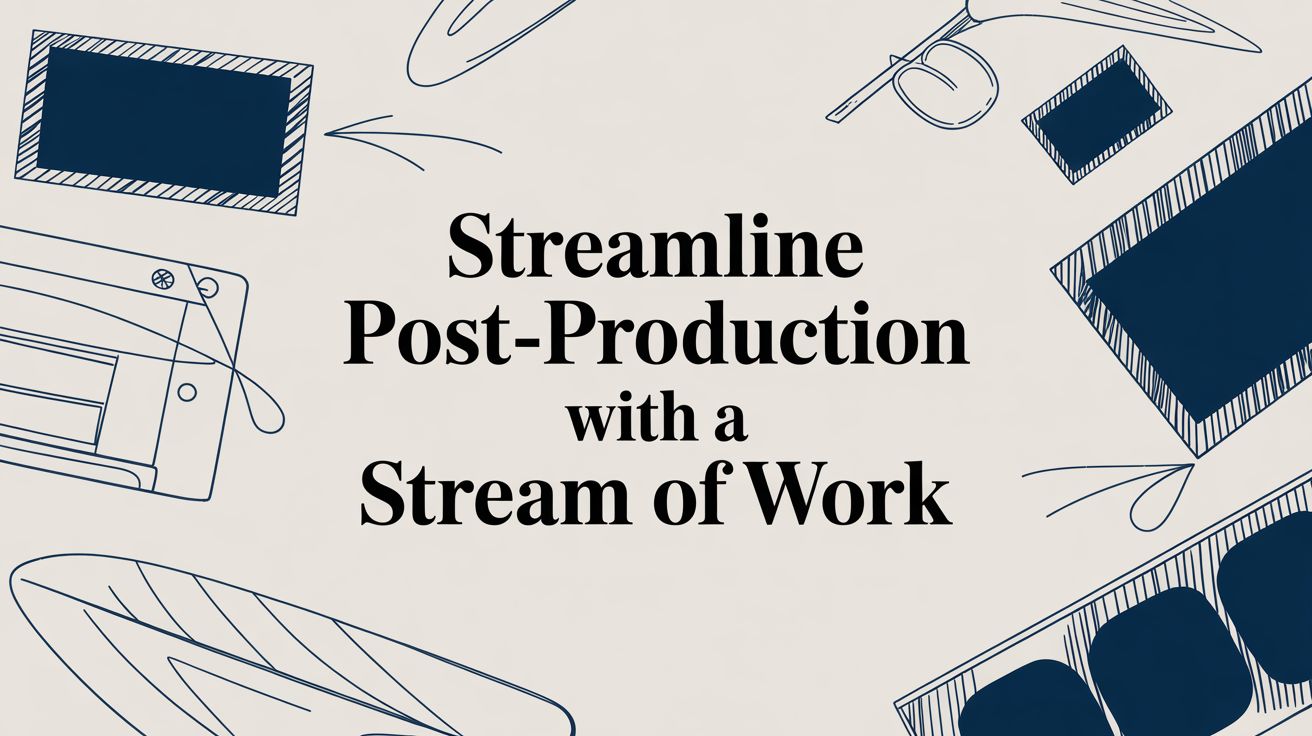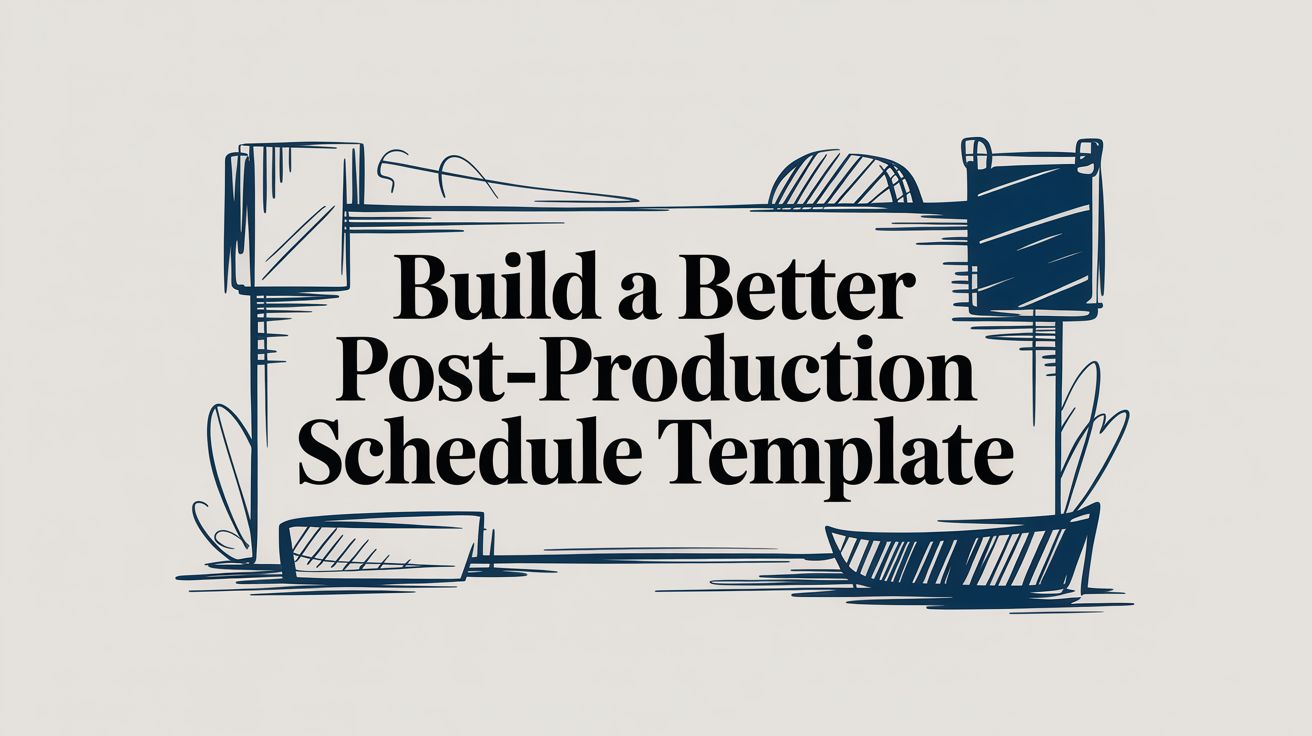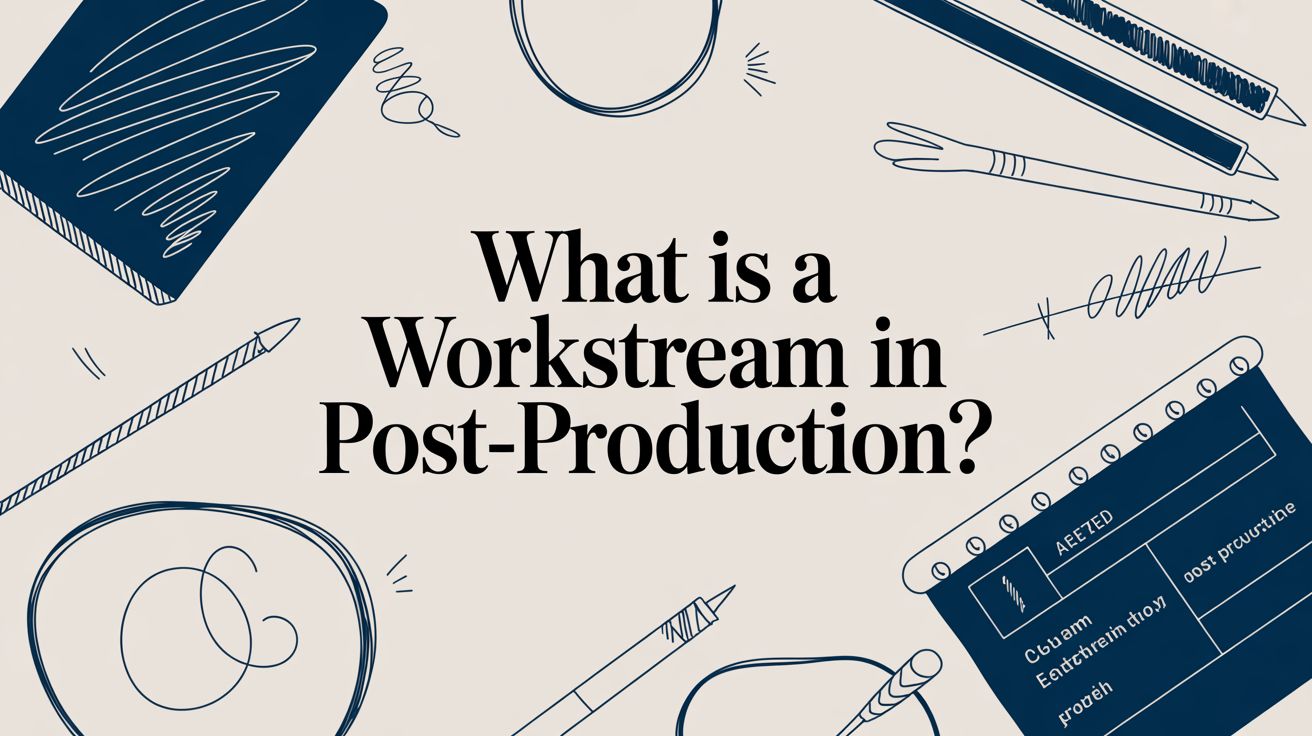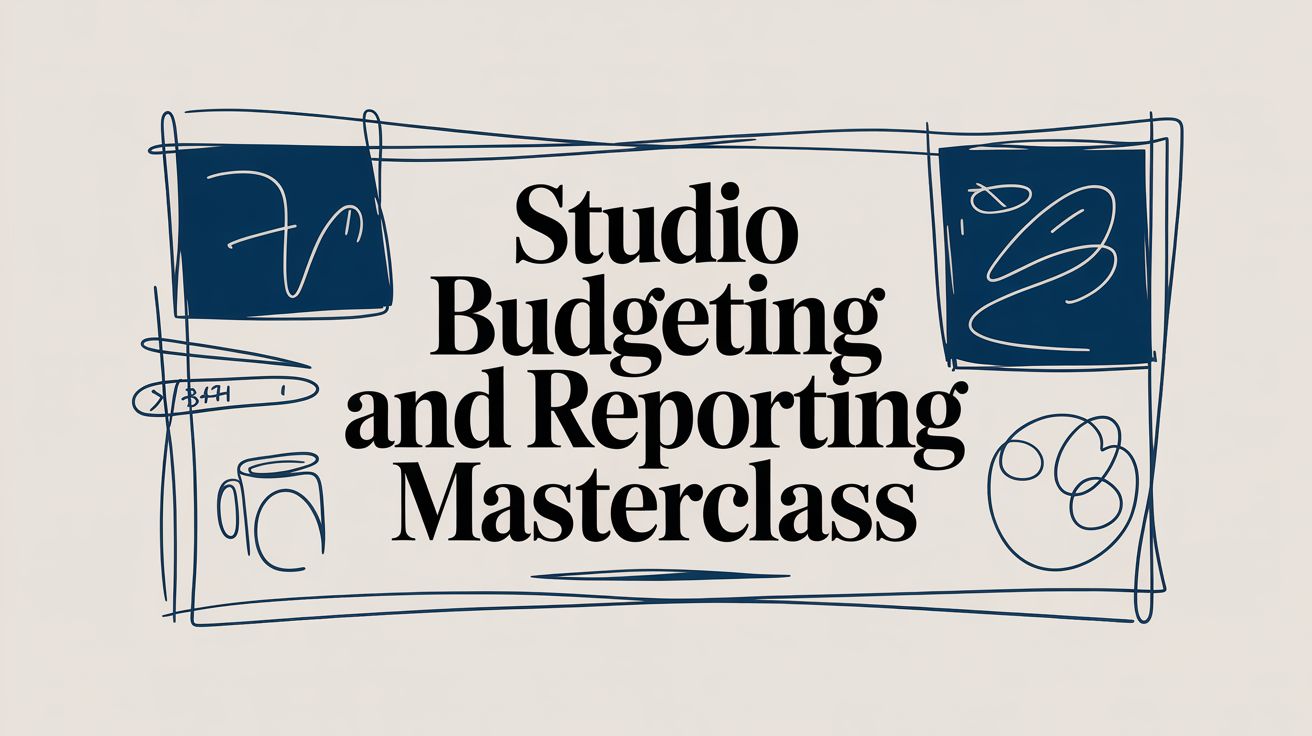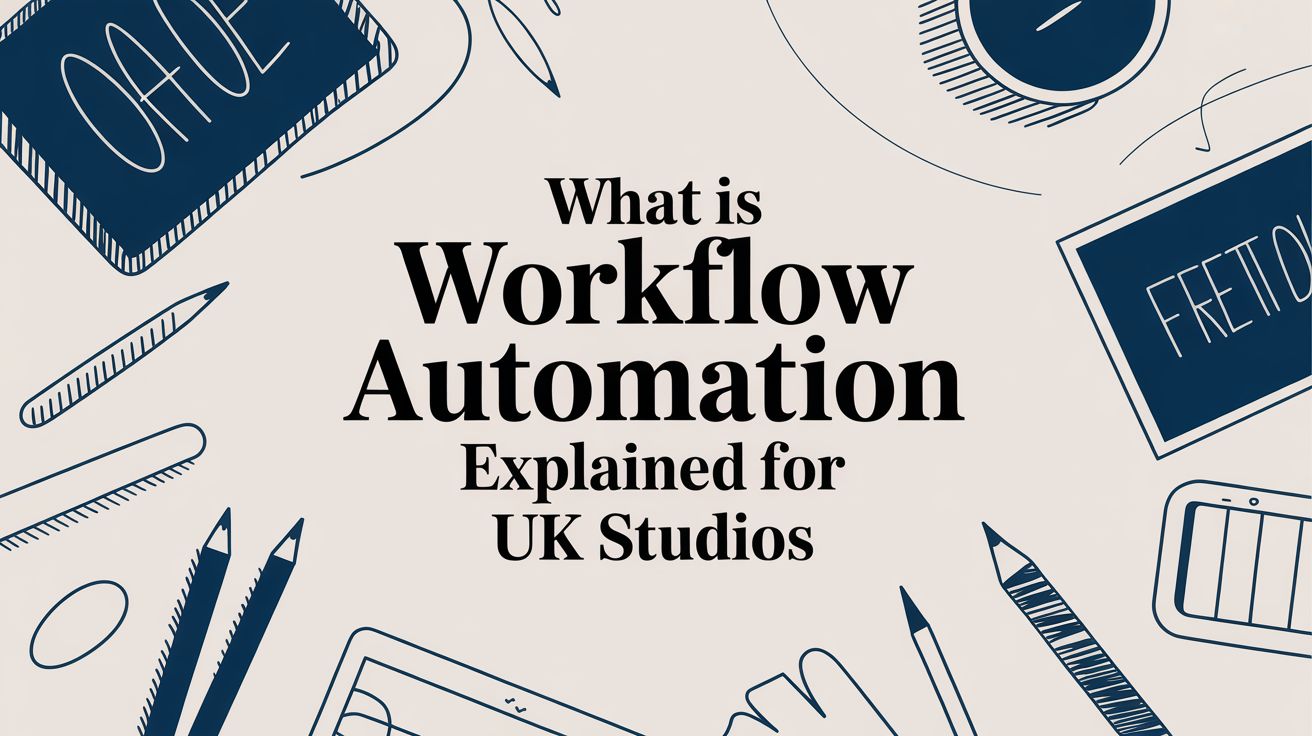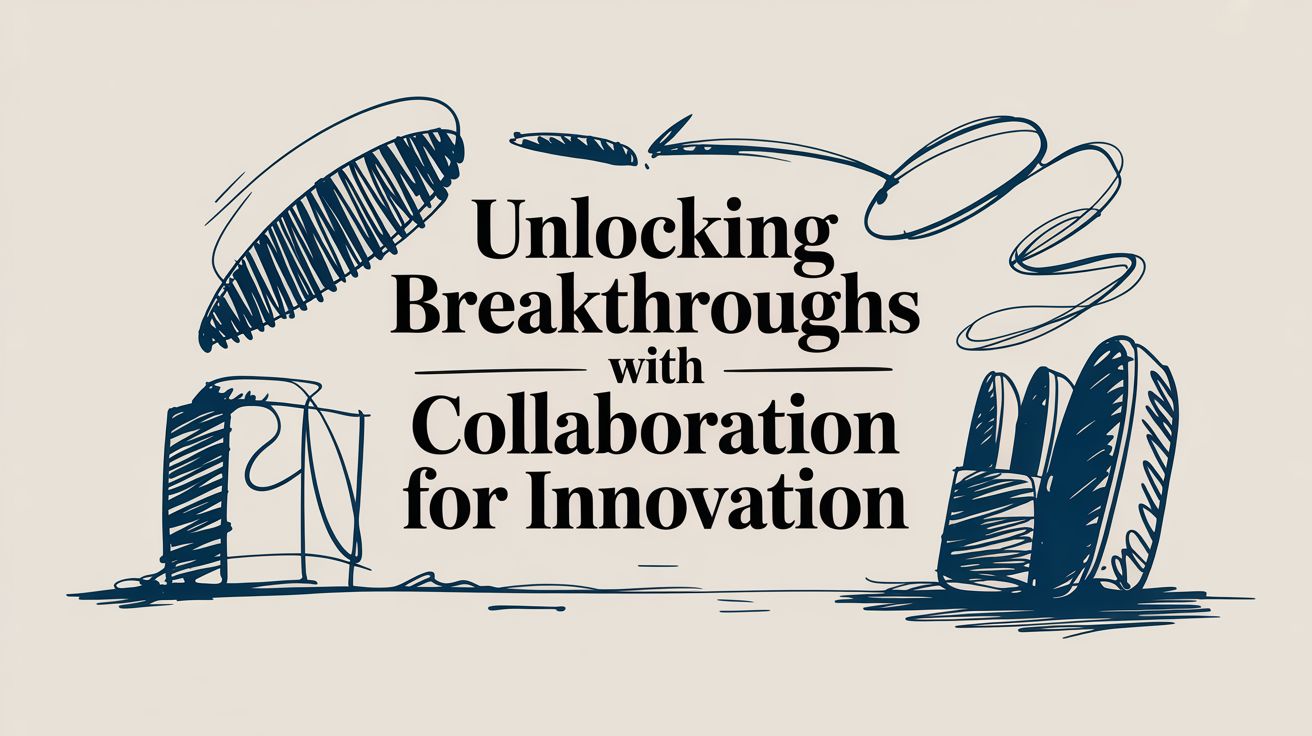How to Build Streamlined Creative Workflows With Open APIs
Creative teams rely on many tools to design, edit, review, and deliver content. Work slows when these tools do not pass files, timelines, or metadata cleanly.
This guide explains how open API integrations streamline creative workflows across design, post-production, and asset management. It focuses on how data moves, what gets automated, and where each step connects.
The article covers core terms, practical examples, and the building blocks behind connected pipelines. It is written for readers exploring this topic for the first time.
What Are Open API Integrations For Creative Workflows
Open API integrations are standardized interfaces that let different software systems talk to each other and share data automatically. Think of them as translators between apps that speak different languages.
In creative work, these interfaces connect tools like Adobe Premiere Pro, DaVinci Resolve, asset managers, and scheduling platforms. When a colorist finishes work in DaVinci, the system can automatically notify the editor and update the project timeline without anyone sending emails or moving files manually.
Key components include:
- Endpoints: Specific web addresses that accept requests and return responses, like uploading a file or fetching a task list
- API specifications: Documents that describe how an API works, including what data it accepts and returns
- Workflow automation: Rules that trigger tasks and data handoffs between tools without manual steps
For example, when an editor exports a rough cut from Avid, an API integration can automatically upload it to a review platform, notify stakeholders, and update the project schedule with the new milestone.
Why These Integrations Matter For Media And Post-Production Teams
Media production touches many applications across editing, VFX, audio, review, storage, and scheduling. Without integrations, teams manually move files and information between systems, creating bottlenecks and errors.
Common problems include version mix-ups when files exist in multiple places, hours spent uploading and downloading assets, and missed deadlines because status updates don't reach the right people. API integrations solve these issues by creating automatic data bridges between tools.
When systems connect through APIs, files and metadata travel to the right place without human intervention. Edit decisions flow from the timeline to color correction software. Review comments sync back to project management tools. Asset metadata updates across all connected platforms simultaneously.
This creates what industry professionals call enterprise software integrations - where multiple business tools work as one connected system instead of separate islands.
Key Benefits Of Automating Creative Pipelines
1. Reduced Manual Tasks
APIs eliminate repetitive work that eats up creative time. When an editor finishes a sequence, the system can automatically export multiple formats, upload them to storage, create proxy files, and notify the next department.
Asset management becomes hands-free too. New footage gets tagged with metadata pulled from camera files or production databases. Approved versions move to final delivery folders without anyone dragging and dropping files.
2. Faster Project Turnarounds
Manual handoffs create waiting periods between departments. With API integrations, work moves immediately when it's ready. A finished VFX shot triggers the next step in the pipeline without delay.
Real-time synchronization keeps everyone current. When a producer changes a deadline in the scheduling system, all connected tools update their timelines instantly. No more outdated information causing confusion.
3. Seamless Tool Interoperability
Different creative applications can share the same project data through APIs. An editor's timeline markers appear in the colorist's session. Audio sync points transfer to the sound mixing stage. Everyone works with identical information.
This interoperability extends to cloud service integrations too. Local editing systems sync with cloud storage. Remote team members access the same assets and project states regardless of location.
Traditional vs. Connected Workflows:
| Traditional Workflow | API-Integrated Workflow |
|---|---|
| Manual file transfers | Automated asset sync |
| Separate tool databases | Shared project data |
| Version conflicts | Real-time updates |
| Email-based notifications | Instant system alerts |
Essential Steps To Implement Open APIs
1. Map Your Current Workflow
Start by documenting how files and information currently move through your pipeline. Note where people manually copy data, upload files, or send status updates. These manual steps are prime candidates for automation.
List all the creative applications your team uses and identify which ones offer API access. Most modern tools like Adobe Creative Cloud, Avid Media Composer, and project management platforms provide APIs, though capabilities vary.
2. Choose Integration Points
Review API documentation to understand what each system can share. Look for endpoints that handle the data you need to move - like project files, metadata, or status updates.
Consider starting small with one connection, like linking your editing system to your asset manager. This proves the concept before expanding to more complex integrations across multiple departments.
3. Plan For Security And Scale
API integrations need proper authentication to protect your content and systems. OAuth 2.0 is a common framework that grants limited access through temporary tokens instead of sharing passwords. API keys are unique identifiers that authenticate each connection.
Rate limiting controls how many requests an integration can make in a given time period, preventing systems from becoming overwhelmed. Plan for growth by choosing APIs that can handle increasing data volumes as your projects expand.
4. Test Before Full Implementation
Start with sandbox environments where you can test integrations without affecting live projects. Verify that data maps correctly between systems and that error handling works when connections fail.
Create test cases for large files, network timeouts, and permission changes. Document what works and what doesn't, then gradually roll out to production with the ability to revert if issues arise.
How AI-Ready Platforms Strengthen Workflow Efficiency
AI integration transforms how creative teams handle scheduling, resource allocation, and project planning. Platforms built for AI from the ground up, like freispace, offer advantages over systems that add AI features later.
1. Intelligent Task Automation
AI can analyze project patterns to automatically schedule resources, assign tasks based on team availability and skills, and predict potential bottlenecks before they occur. This goes beyond simple rule-based automation to adaptive decision-making.
For example, an AI system might notice that color correction typically takes 20% longer when working with footage from certain cameras, then adjust future schedules accordingly.
2. Predictive Project Planning
Machine learning models examine historical project data to forecast realistic timelines and identify risk factors. The system can suggest alternative approaches when conflicts arise or resources become unavailable.
This predictive scheduling helps producers make informed decisions about deadlines, staffing, and resource allocation before problems develop.
3. Real-Time Workflow Optimization
AI continuously monitors project progress and suggests improvements. It might recommend rebalancing workloads, adjusting priorities, or escalating delayed approvals to keep projects on track.
These insights appear as dashboard alerts, timeline annotations, and targeted notifications that help teams stay proactive rather than reactive.
Common Implementation Mistakes To Avoid
1. Poor Documentation Practices
Integration projects fail when teams don't maintain clear records of how systems connect and what data they share. API specifications change over time, and undocumented connections become maintenance nightmares.
Keep integration documentation in version control alongside your API specifications. Include field mappings, error handling procedures, and contact information for each system owner.
2. Inadequate Security Measures
Creative assets represent significant value, making security crucial for API integrations. Common mistakes include:
- Hard-coded passwords: Store credentials in secure vaults, not in code
- Overly broad permissions: Grant only the minimum access needed for each integration
- Unencrypted data: Use TLS encryption for all API communications
- Missing audit trails: Log API activity for security monitoring and troubleshooting
3. Insufficient User Training
New integrations change how people work, but teams often skip training on the updated processes. Users may bypass automated workflows or make mistakes that break integrations.
Provide role-specific training that covers new procedures, troubleshooting steps, and escalation paths when integrations don't work as expected.
Moving Forward With Connected Creative Operations
Open API integrations create the foundation for modern creative operations by connecting tools, automating routine tasks, and maintaining data consistency across projects. This digital transformation enables teams to focus on creative work rather than administrative overhead.
The media industry continues evolving toward AI-integrated workflows where human creativity combines with machine intelligence. APIs provide the data pathways that make this collaboration possible.
When evaluating platforms for your creative operations, look for systems designed with AI integration in mind rather than legacy tools with added features. Consider factors like API comprehensiveness, security standards, and scalability as your operations grow.
For studios ready to explore AI-native scheduling with comprehensive API integrations, book a demo to see how freispace transforms creative operations.
Frequently Asked Questions About Open API Creative Workflow Integration
What creative software applications currently support robust API integrations?
Adobe Creative Cloud applications, Avid Media Composer, DaVinci Resolve, and most modern project management platforms offer API access, though specific capabilities vary by software version and subscription level.
How long does implementing API integrations typically take for post-production workflows?
Basic integrations between two systems often take days to weeks, while comprehensive workflow automation across multiple departments typically requires one to three months depending on complexity.
Do API integrations require dedicated technical staff for ongoing maintenance?
While initial setup usually needs technical expertise, many modern platforms provide user-friendly integration tools and pre-built connectors that reduce maintenance requirements for creative teams.
What security measures are most critical when connecting creative tools through APIs?
Essential security practices include OAuth 2.0 authentication, TLS encryption for data transmission, role-based access controls, and regular auditing of connected applications for vulnerabilities.
Can API integrations connect with older creative software that studios already use?
Many legacy applications have limited API support, but integration platforms and middleware solutions can often bridge connections between older systems and modern workflow tools.

